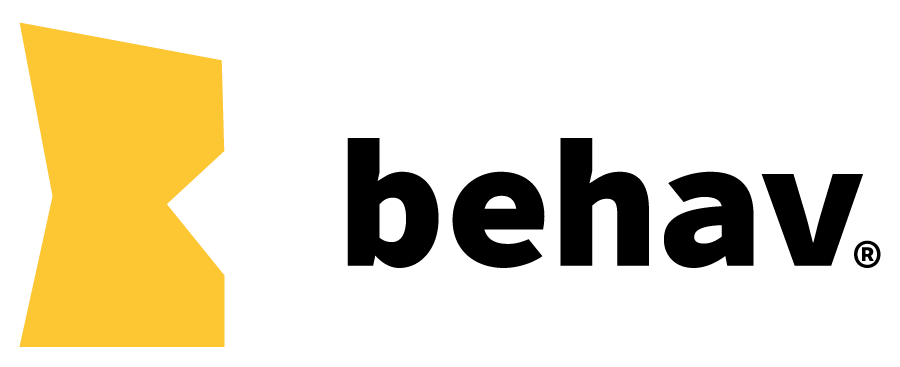How to select the right behavioural design tool for the job
How to select the right Behaviour Thinking tool for the job
Written by Lauren Alys Kelly
Want to influence behaviour?
You’re in luck.
There are a lot of tools at your disposal. The landscape is as wide as it is deep with simple tools, frameworks, mnemonics, go-to models and industry deep dives.
With home bases set in policy design, marketing, design and the behavioural sciences. And pointing towards different uses, from campaigns to social change, product design, behavioural design and change management. It leaves us to ask…
Where do you start?
The good news is that you don’t need to know all the tools to make the right choice. Instead we’ll divide all the tools into two camps: broad and focused.
Why is it useful to divide the tools of Behaviour Thinking into broad and focused?
Behavioural Designers can divide up their tools to manage their projects like pros.
Dividing the tools means projects scopes are easier to outline, projects come in on budget and they deliver the appropriate level of impact.
Project scopes are easier to outline
Project goals and needs can point towards a tool path: broad or deep. Know this early on and you can allocate time and personnel to specific activities. Going broad, focus on a specific tool to understand your users and ideate solutions. Exploring a deep dive, allocate more time for mapping, research and synthesis to deeply understand the audience, behaviour and their barriers.
Projects come in on budget
Broad and focused have different costs. Broad sits on the cheaper end of the scale and focused on the ‘it’s an investment’ end. Critiquing project aims at the start mean we can choose the right pathway for the budget. And communicate why to the client and or stakeholders. It can also remove the worry of getting half way and needing to raise the budget.
Projects deliver the appropriate level of impact
Behaviour is everything. There is always another action, barrier or point of influence to explore. The trick is knowing when to stop. I like to think of this as matching the (expected) impact to the challenge. In other words, are we doing the right amount of work for the right amount of payoff? To explore this we need to first breakdown the different dynamics within a behaviour change project:
Audience size
Simplicity of behaviour
Importance
Audience size
The size of your audience matters to the tools you choose. And it’s down to how we view behaviour within groups.
Larger groups allow us to shift our focus towards patterns. Patterns in actions, influences, drivers help us to see a group as influences not just as the people within them. Social influences, in particlar, play a much larger role in what the group do as a whole. Once we enter the realm of thinking in patterns, broad tools become much more useful. They provide insights, influences and structures we can use to understand the broad patterns among a larger group.
Smaller groups hide their influences. The smaller the group individual influences are much more prevalent. We’re talking individual actions, beliefs, emotions… with lots of interconnected drivers and barriers at play. It’s takes more work to bring the influences to the surface and make sure you’ve covered everything. For a small group, tailoring ideas is the name of the game. Interventions and nudges that align with their needs, aims and wants becomes important for impact. And for this you’ll need a deep dive.
Simplicity of behaviour
The more simple the behaviour, the more broad the tool. Broad tools seem to be more successful with behaviours are simple, have short behaviour chains or are one-off actions. That said, focused may still be useful. It’s worth considering both just incase.
Complex behaviours need more work. The ones with lots of people involved, multiple layers of actions, influences, and behaviours requiring multiple steps to complete need time to understand and explore. Complexity = focused, every time.
Importance
Key focuses require a focused approach. Behaviours that are central to business aims need the time and budget to fully understand what is happening, why and how to positively impact it. They may be behaviours that align with strategic priorities, help meet regulatory requirements, enhance employee productivity and satisfaction, improve customer satisfaction or drive business growth. All dynamics of a deep dive route.
While every behavior is interesting, a focused approach may not always be necessary. Focused cost money and time. The role of a behavioural designer is to spend their resources on behaviours that matter… in this case the ones that hold a strategic advantage or benefit to their organisation or client.



